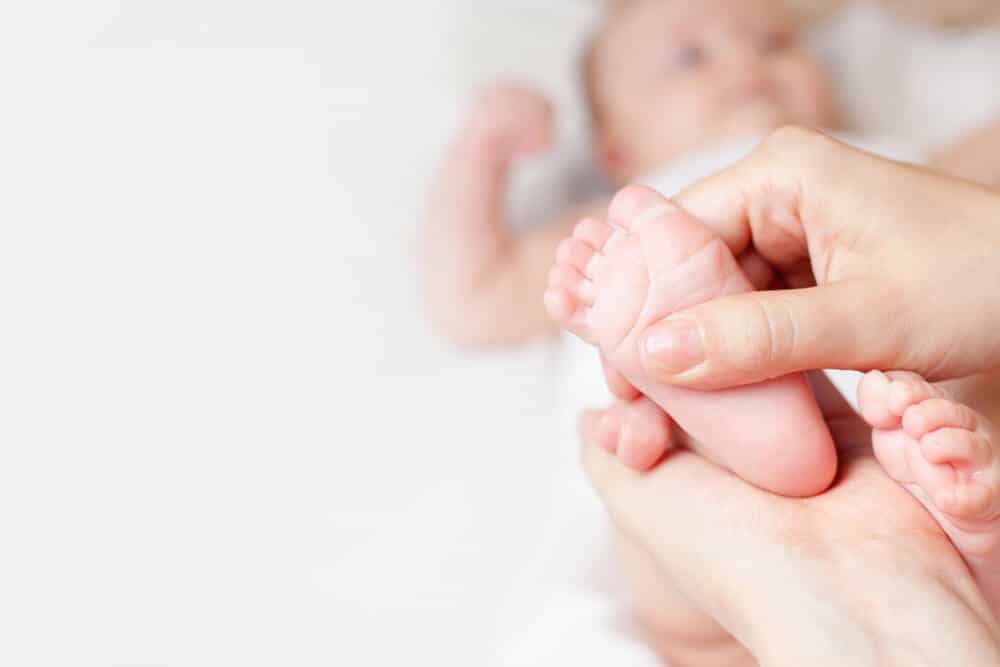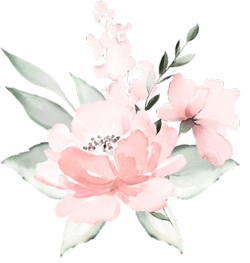
How to Calculate Baby Shoe Size
How to Calculate Baby Shoe Size?
Since foot health, which should be given importance at all ages, is an issue that needs to be taken into consideration from the first development, in this article we will give you an idea about the foot health of your little babies.
We will try to draw your attention to the importance of foot health in babies by covering topics such as how to take care of our babies' foot health, how to determine baby shoe size , what we should pay attention to when buying baby shoes, how to measure the baby's foot.
Baby shoe sizes ; It is created based on the distance between your baby's longest toe and heel.
By using the length you will obtain after this measurement and the baby foot size table information below, you can buy baby shoes suitable for your baby's foot size.
| BABY FOOT SIZE | BABY FOOT LENGTH | BABY AGE RANGE | BABY SHOE SIZE |
| BABY SMALL | 11CM | 0-6 MONTHS | 17-18 |
| BABY MEDIUM | 12.4CM | 6-12 MONTHS | 19-20 |
| BABY LARGE | 14.2CM | 12-18 MONTHS | 21-22 |
| BABY | 15.5CM | 18-27 MONTHS | 23-24 |
| CHILD | 16.5CM | 2-3 YEARS OLD | 25-26 |
| CHILD SMALL | 17.5CM | 3-4 YEARS OLD | 27-28 |
| CHILD MEDIUM | 18.5CM | 4-5 YEARS OLD | 28-29 |
| CHILDREN MEDIUM PLUS | 19.5CM | 5-6 YEARS OLD | 30-31 |
Baby Shoe Sizes by Age
- 0-6 month old baby shoe size 17-18
- 6-12 months old baby shoe size 19-20
- 1-1.5 years old baby shoe size 21-22
- 1.5-2.5 years old baby shoe size 23-24
- 2-3 years old baby shoe size 25-26
How Do We Take Care of Baby Foot Health?
Our babies begin to develop from the moment they are born. He shows his first reactions by expressing his happiness with small smiles and his discomfort with crying.
Then it slowly starts to turn left and right; learns to sit, crawl and walk . How happy we feel when he takes his first tiny step, how funny we find the movements he makes while trying to maintain his balance.
After our baby's first steps, we want to buy him shoes to prevent him from slipping and to make him comfortable. But sometimes we can't resist and get deceived by the appearance of the shoes and choose baby shoes that are not very healthy .
So, how can we take care of our baby's foot health:
- Baby foot measurements should be taken and shoes suitable for this size should be preferred.
- They should be allowed to walk barefoot or with non-slip socks until they are two years old.
- Hard shoes should be avoided and flexible shoes should be preferred.
- Small, tight shoes, as well as big shoes, should not be worn.
- The best observers of the baby are their mothers. If you see any problems in your baby's feet, such as flat feet or instep, you should consult foot specialist institutions.

What Should We Pay Attention to When Buying Baby and Children's Shoes?
- Baby shoes should be made of soft natural leather, have flexible soles and support the ankles, and should not be designed to cause balance problems in babies.
- One of the most important points you should pay attention to when buying baby shoes is that the soles are designed to prevent slipping.
For example, you can choose shoes with serrated soles.
- Another important issue in baby shoes is that the shoes feel like they are touching the ground. With this feeling, your baby will try to establish balance and learn to walk by stumbling.
- As we mentioned at the beginning of our article, the shoes you buy for your baby should neither be too tight on your little one's feet nor too loose because their feet will grow anyway.
- To test whether the shoes you will buy are suitable for your baby's foot size, you can check his facial expression by making him take a few steps after putting on the shoes. If they don't express any pain or give you negative feedback with their sloppy speeches, then there is no problem.
- Attention should be paid to foot health during the developmental period, especially during childhood. In the baby foot size table we shared in our article, we also shared with you foot size information according to the age of the child. You can choose shoes that match this table.
- Shoes that are not suitable for your baby or child, such as high heels, leather or suede, should not be preferred. After all, these are children! They will run, jump, jump, and their shoes will wear out faster than you think. It is also necessary to consider the financial aspect of the work.
- Of course, consider the financial aspect, but when it comes to your child's health, never be stingy for his or her health. Never forget that the skin of babies and children may be more susceptible to allergic reactions. To reduce cost, stay away from shoes made of poor quality materials. As parents, we should stay away from such shoes. Because the synthetic harmful substances used in such products can cause cancer as a result of contact with the skin.
- Our babies and children's feet may sweat because they are very active and as a result, they may experience itching, rash, fungus, allergies, eczema , etc. Remember that they may encounter problems such as: At this point, it may make your job easier if the shoes you buy are made of non-sweating materials and designed to be breathable.
- Finally, if we have ensured the size and foot comfort and there is no doubt about this, let your baby or child choose the model he/she likes among these options. After all, even if they are babies, they have their own fashion and taste, right? Don't force him to wear shoes he doesn't want.
Why is Baby Shoe Selection Important?
Since our babies' bone, cartilage and muscle structure have not yet developed, the shoes you choose affect the development of little feet.
Choosing the wrong shoes can hinder your child's foot development and cause various health problems in the future.
Choosing the wrong shoes can cause your baby to have problems with his feet throughout his life. For this reason, you should pay attention to your baby's foot health, stay away from shoes that will hinder their development, and be sensitive and selective about the shoes we buy.
When should we wear baby shoes to our baby?
Experts recommend that babies should not wear baby shoes before they start walking (especially before the age of 2).
Because your baby's feet will not be able to move with shoe awareness since their muscle structure has not yet developed. As the soles of your baby's feet touch the ground, his foot muscles will develop and little feet will begin to discover the act of walking.
Experts emphasize that it is wrong to support our babies to walk with shoes for the health of little feet and for them to learn to balance, or to prevent diseases such as instep or flat feet. They also say that baby shoes can be preferred to protect little feet from cold or heat when going out, or to protect against dangerous substances on the ground.
With this approach, the shoes we choose for our baby should, first of all, be comfortable. Little feet should be able to play freely in shoes.
First of all, we need to ensure that little feet are comfortable in shoes. You can support this by determining the correct baby shoe size and choosing shoes suitable for this size.
This adventure, which starts with crawling, will continue with walking and running . Your baby will not be able to do any mischief in the future by putting his feet up to his mouth without realizing it when he is still small, and he will learn to walk and balance by stumbling over.
Therefore, we wanted to draw your attention to why babies' foot development is so important. We hope you will benefit from it and wish you good health.
Thanks to Bebek.com for the information.
